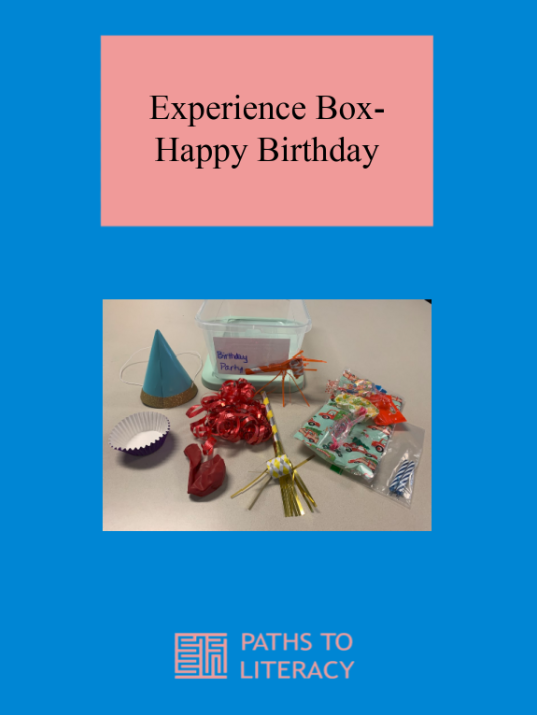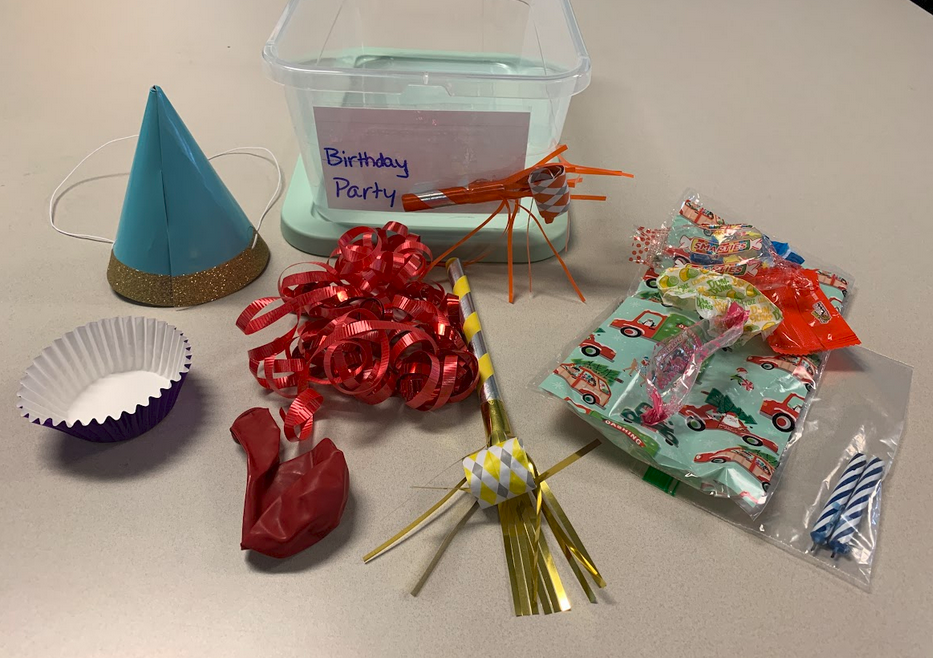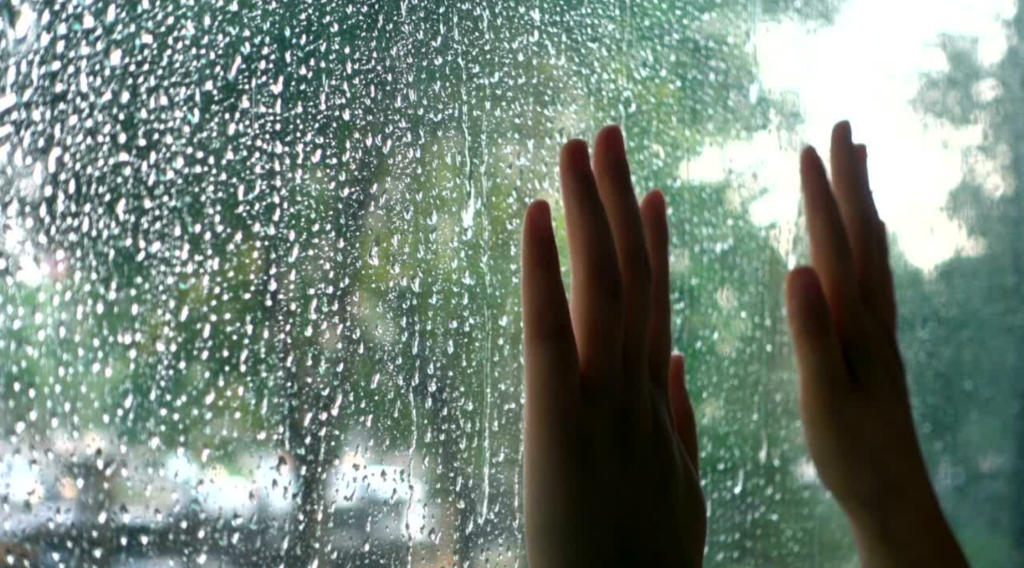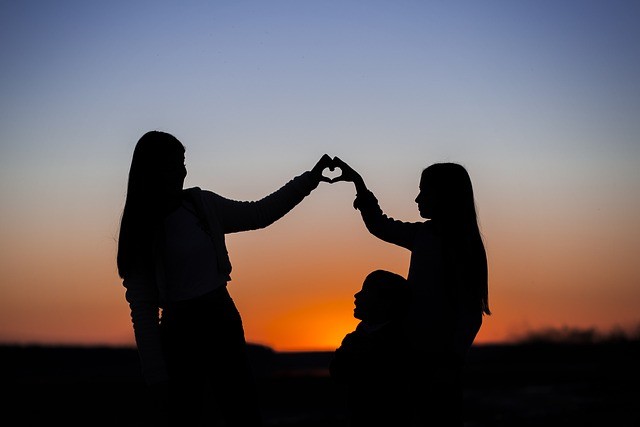Creating experience boxes for students who are blind, visually impaired, or deafblind is a great way to provide access to literacy in a person-centered, meaningful way. Additionally, using experience boxes can support language and concept development for young children or those with complex access needs. Experience boxes can support families and caregivers to share a literacy experience with their child(ren), have conversations about objects that naturally appear in their environments, share interactions that include turn taking, movements, and sounds, and remember special moments.
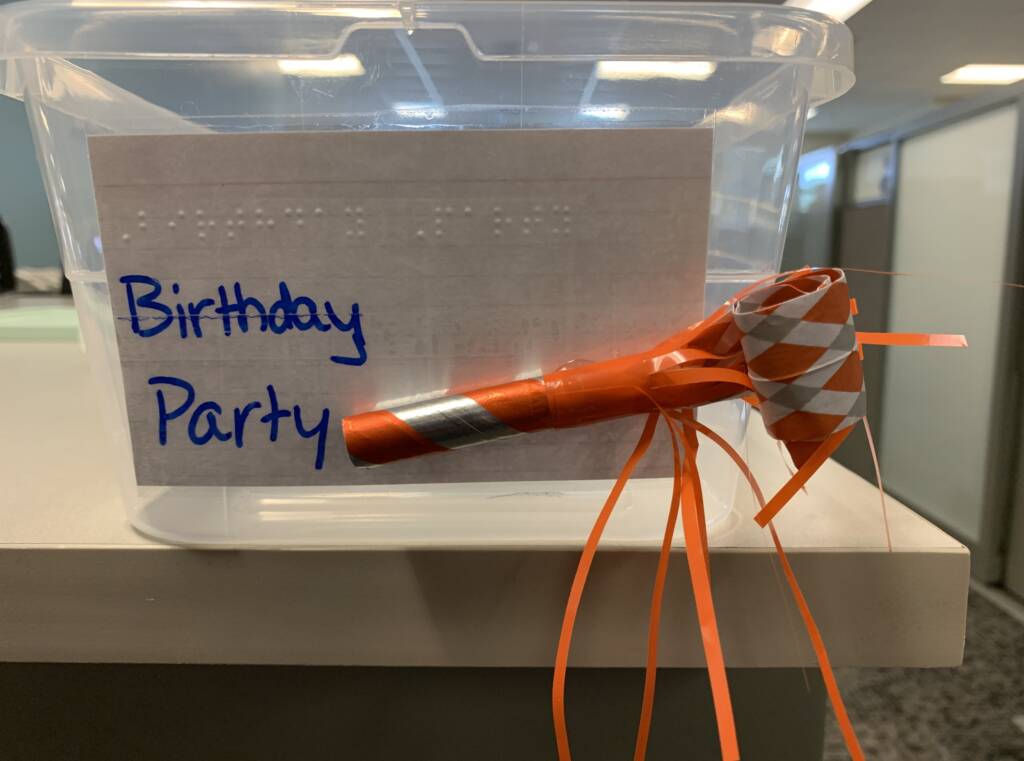
How to Make an Experience Box:
In order to put an experience box together,
- Have an experience with your child or student. (In this case, we will remember an experience of going to or having a birthday party.)
- Observe what objects or parts of the experience are most meaningful or interesting to the child. (Two children making a box about the same event might include very different items in their boxes.)
- Collect objects that represent the interest of the child. (It’s not necessary to have every single object that the child encounters. Focus on finding items that children enjoyed interacting with, and remember, real objects are best!)
- Choose any box with a lid to hold all of your items. (The lid is helpful in that it allows for stacking on a bookshelf.)
- Determine the best way to label the box to allow for maximum empowerment of children when choosing what to “read.”
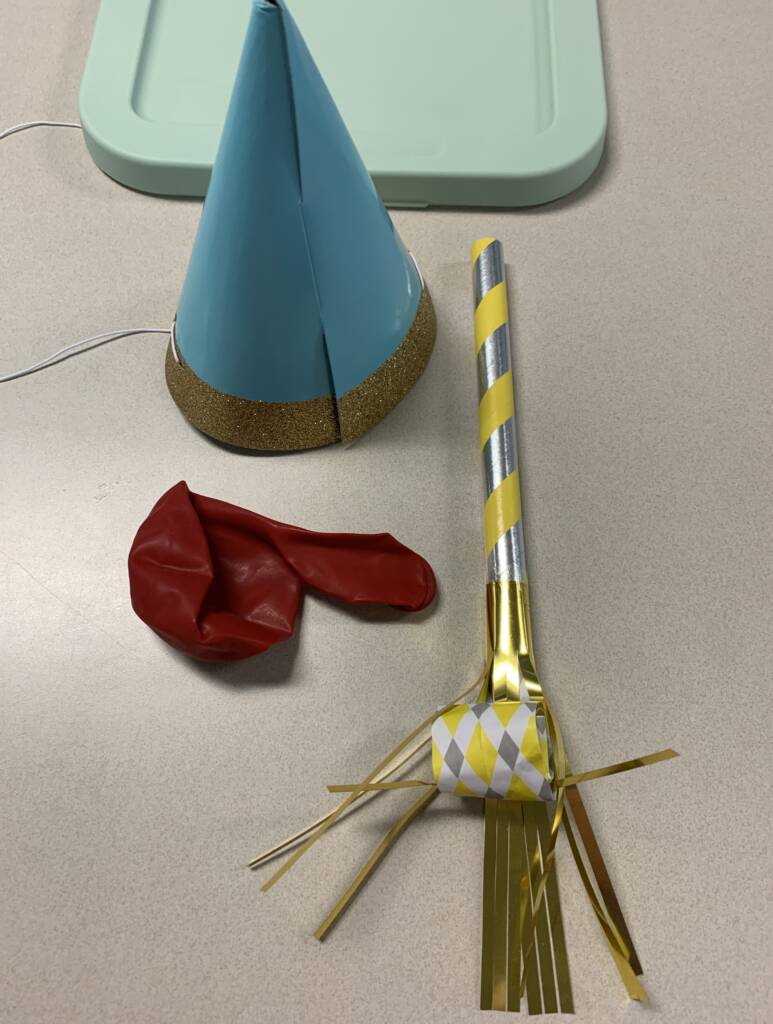
Experience: Birthday Party
Sample Objects:
- Party hat
- Balloon
- Cupcake wrapper
- Candles
- Treat bag
- Candy wrappers
- Index card covered with duct tape *represents a bounce house*
- Party horn
- Bow or wrapping paper from a gift
- Part of the broken piñata.
As you remember the experience:
- Present the objects in the box and engage in a conversation to support the child to remember the experience
- Verbally label the objects
- Take turns exploring the objects and labeling its features
- Practice putting the objects in and taking them out of the box.
- Act out the use of the object
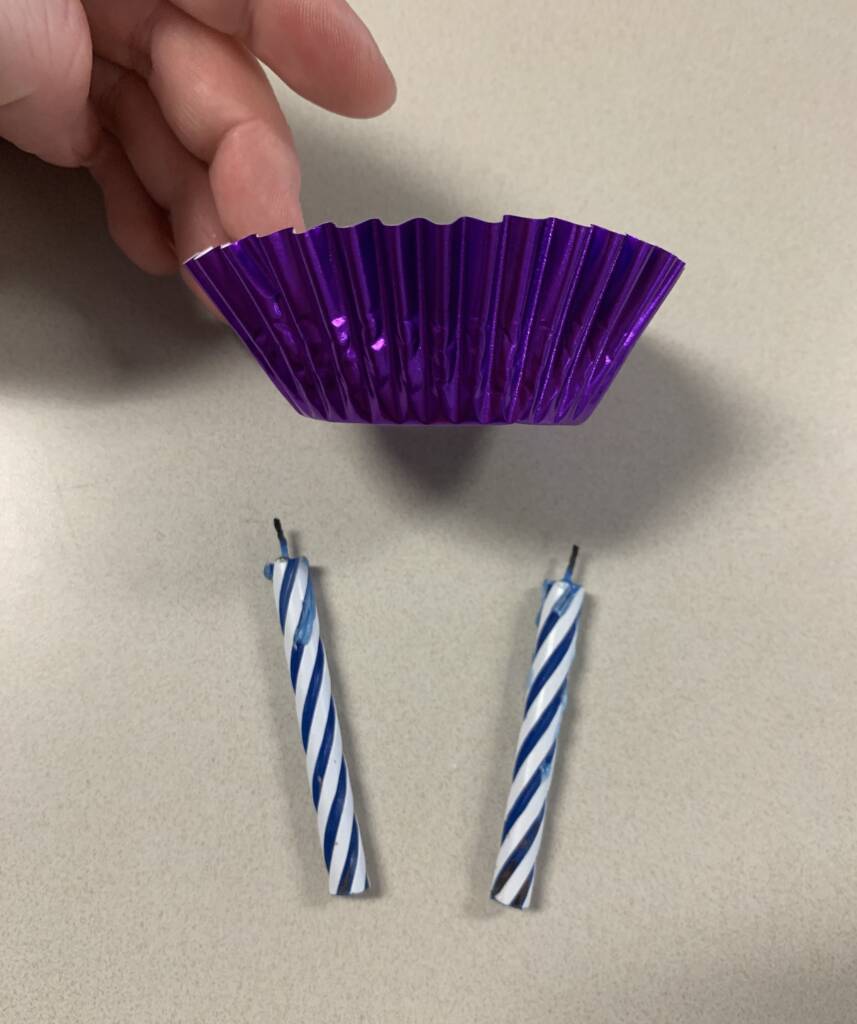
Extension Ideas:
- Sequence the items in order of how they happened during the experience.
- Ask the child to fill in an object within the sequence of events during the experience.
- Ask the child to name the objects and/or describe how they were used.
- Talk about your favorite parts of the experience using the objects in the box.
- Imitate actions that the child takes with the objects in the box.
- Practice “finishing” the objects by returning them to the box.
- Read someone else’s experience box, and note the differences in what one child enjoyed versus another.
- Record sound clips from the event to help the child remember the experience using a variety of sensory channels.
- Have fun!
Additional Reading and Ideas:
